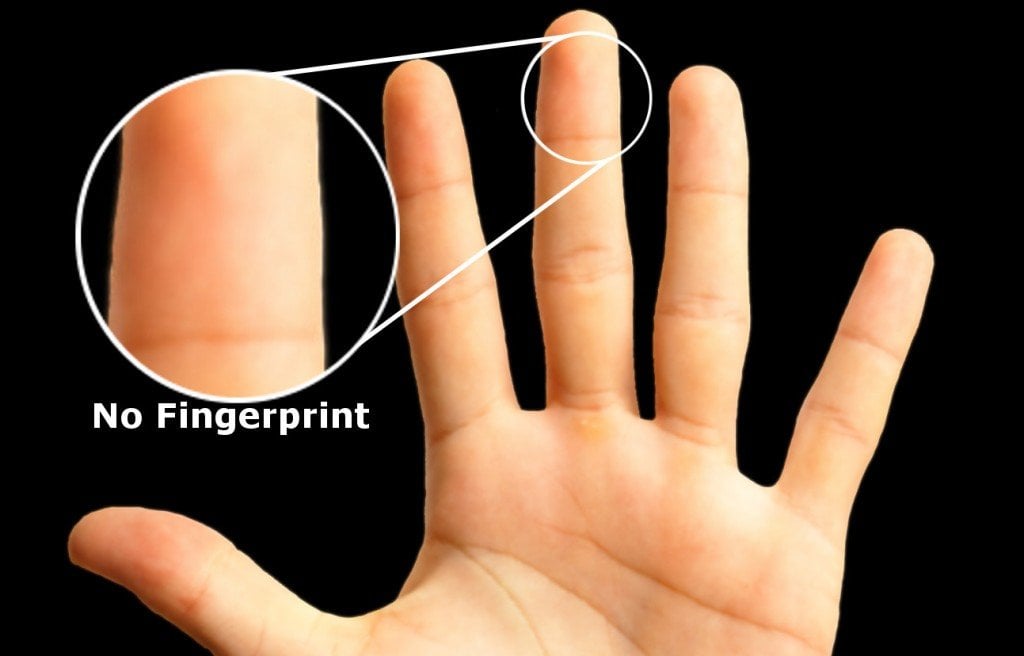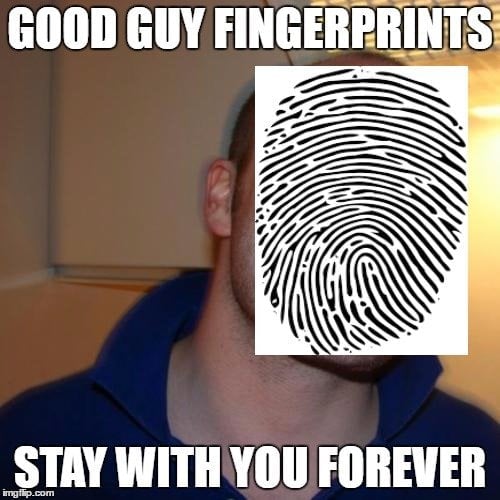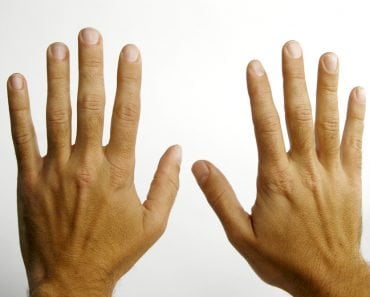Table of Contents (click to expand)
Too tired to read? Listen on Spotify:
Fingerprints are sturdier than we give them credit for. Once formed, they don’t change and can’t be altered unless one takes extreme measures.
Fingerprints are like a natural identity card that every human possesses. Did you know that even identical twins do not have the same fingerprints? The loops, whorls, and arches on the top of our fingers are unique enough to be considered proof of identity. Since the 1920s, fingerprints have been accepted as evidence in courtrooms because of their uniqueness and permanence. In the last century, countless crimes have been solved solely by matching the criminal’s fingerprints to those found at a crime scene.
Most of your favorite crime shows end with the accused being arrested by matching his fingerprints with those already on the database. The use of fingerprints in crime fiction has kept pace with their use in real-life detective work. Sir Arthur Conan Doyle wrote a short story about his celebrated sleuth Sherlock Holmes that features fingerprints very prominently.
One of his works, “The Norwood Builder,” involves discovering a bloody fingerprint that helps Holmes expose the real criminal and free his client. In short, fingerprints have proven to be an extremely reliable source of information over the years.

The question is, do we inherit them for the complete duration of our existence, or do they change as we age?
Recommended Video for you:
Can You Change Your Fingerprints?
The short answer is… No, fingerprints do not change over time, but there is a catch: they do not change as we grow old, but they can be affected by certain external conditions.
A person’s fingerprints usually form in the 17th week of pregnancy. These prints are set in stone before we are even born. As a person grows, the prints get bigger while retaining the same pattern. Essentially, the prints just scale up gradually.
What Affects The Fingerprints?
Remember, fingerprints are permanent, but they can be affected by the following circumstances:
Old Age
Although fingerprints do not change with age, it can be more difficult to capture them in older people. This is because the skin loses elasticity with age, and the patterns become less prominent, especially due to the thickening of ridges and furrows.
Specific Jobs
Construction workers, especially bricklayers and people who often wash dishes by hand, lose some details in their fingerprints. Once they stop these activities, the ridges will grow back. People who work with chemicals such as calcium oxide can also lose some of the details in their fingerprints. However, once such activities are stopped, the worn-out patterns tend to grow back over time. In other words, even in such cases, the change in the appearance of fingerprints is only temporary.
Diseases
Certain skin diseases destroy the dermis and epidermis of the skin. Consequently, it becomes challenging for fingerprint recognition systems to recognize the prints of these individuals.
Adermatoglyphia
Adermatoglyphia is a sporadic genetic disorder that causes a person to have no fingerprints. People with this disorder have completely smooth fingertips, palms, toes, and soles.

Cancer
In rare cases, cancer treatment can also cause you to lose your fingerprints. In 2008, a Singaporean man was detained at an airport for a routine fingerprint scan. However, it turned out that he had none. He was on chemotherapy to keep cancer in his head and neck in check. As it turns out, a drug called capecitabine had given him a moderate case of something known as hand-foot syndrome, which can cause swelling, pain, and peeling on the palms and soles of the feet – and apparently the loss of fingerprints.
Cuts And Burns
Cuts and burns that go deeper than the epidermis can also leave scars that permanently alter the fingerprints.
Historically, there have been numerous cases where criminals have tried to alter their fingerprints to get away with their crimes.

Can You Burn Your Fingerprints Off?
In one such popular case, John Dillinger, a gangster in the 1930s, tried to destroy his fingerprints by burning his fingertips with fire and acid. However, the technique backfired, as the change was only temporary, and the skin regrew after a while, with his fingerprints still intact.
The amazing thing is that damaged skin can reproduce cells to form the fingerprints exactly as they were before they were damaged unless the cut penetrates the dermis.

The natural identity given to us in the form of fingerprints is actually quite solid. You may lose your driver’s license, unique identification card, passport, or other forms of identification, but fingerprints are forever!












